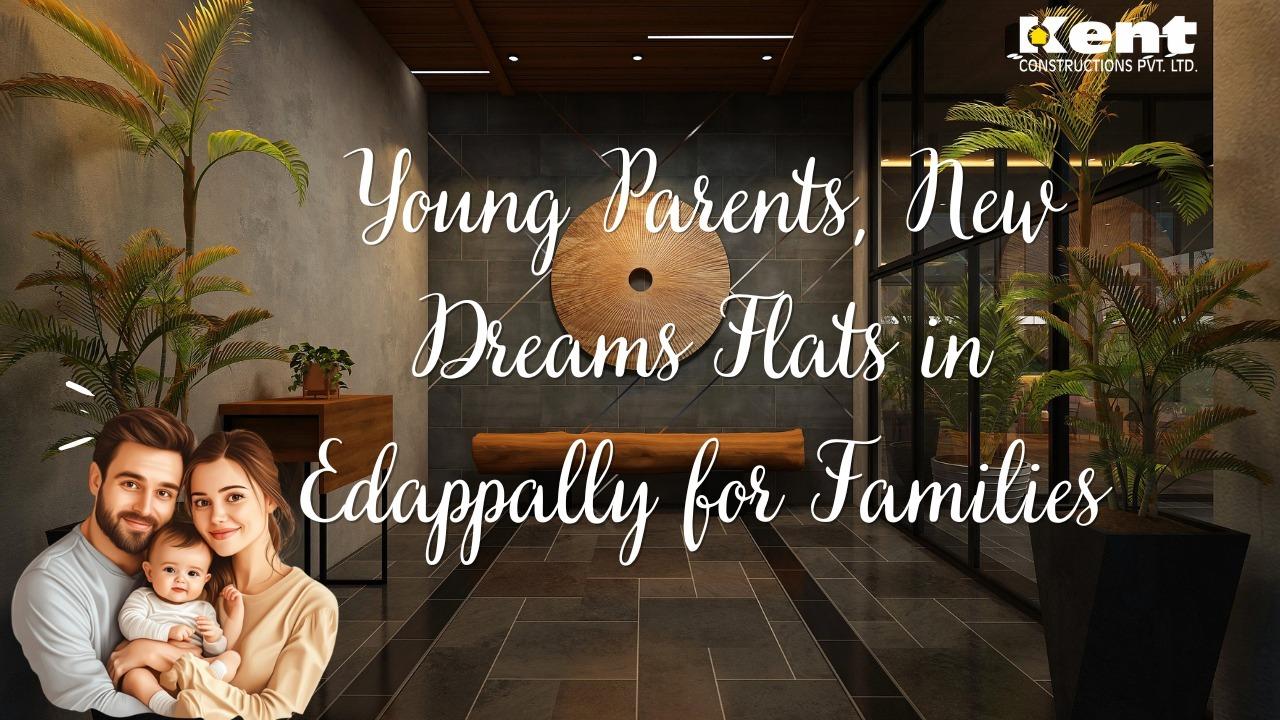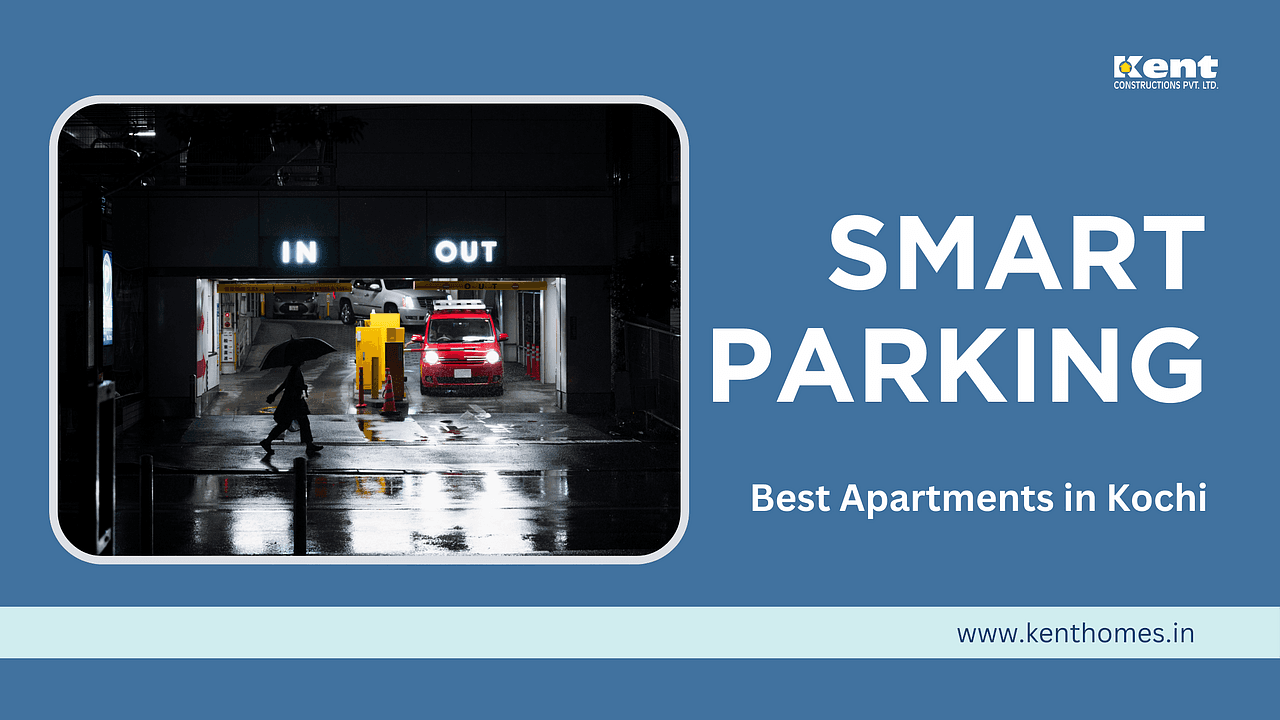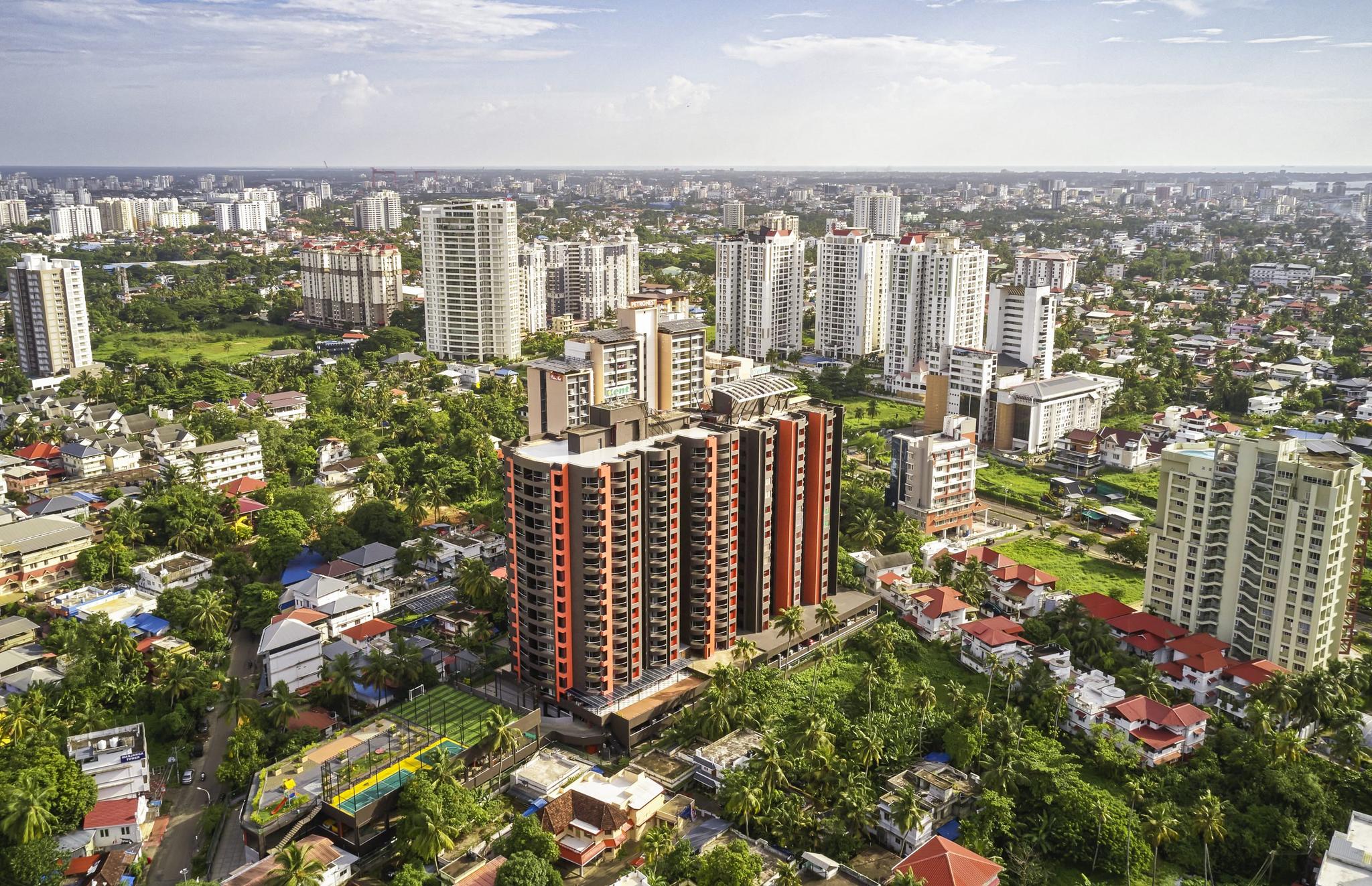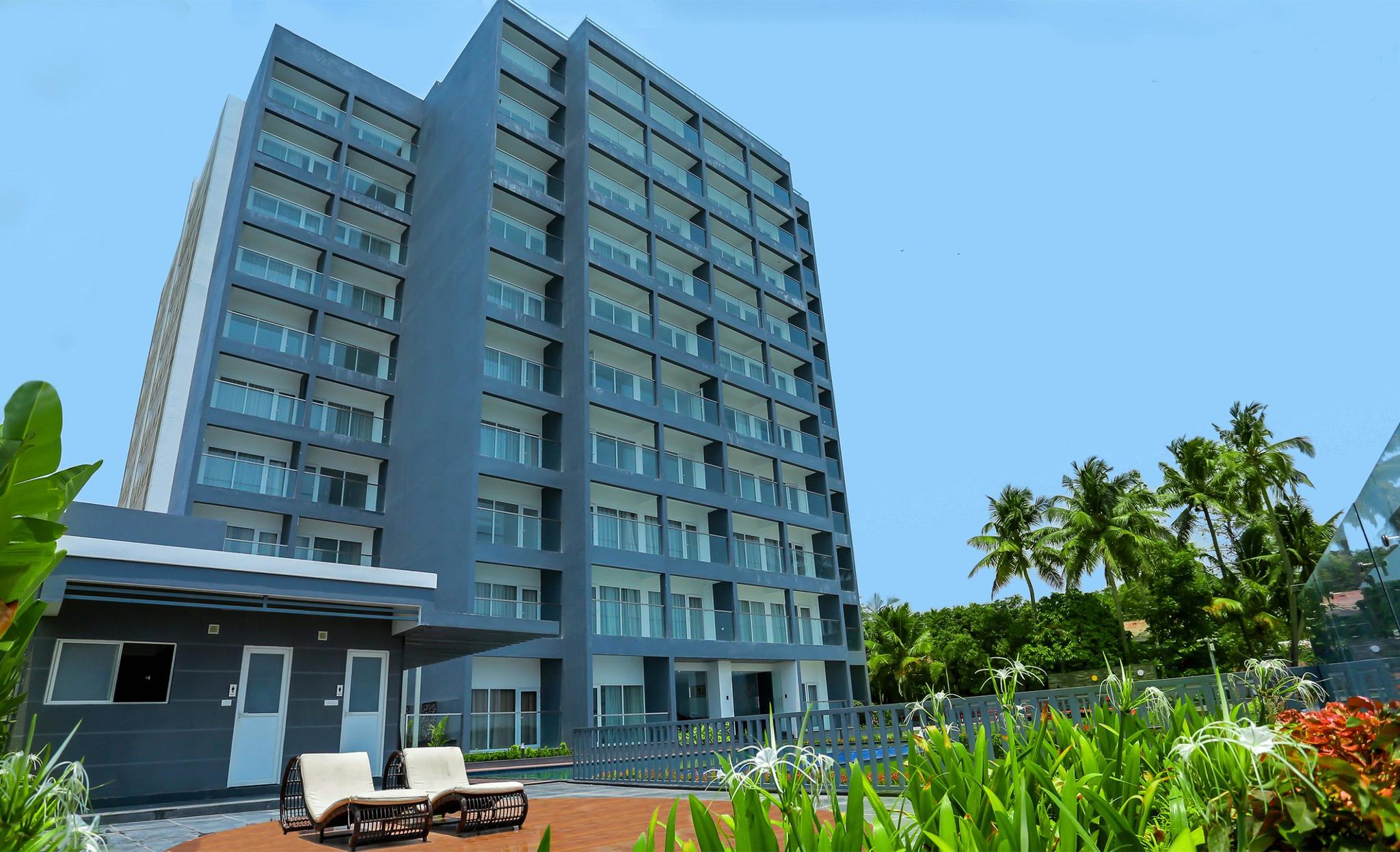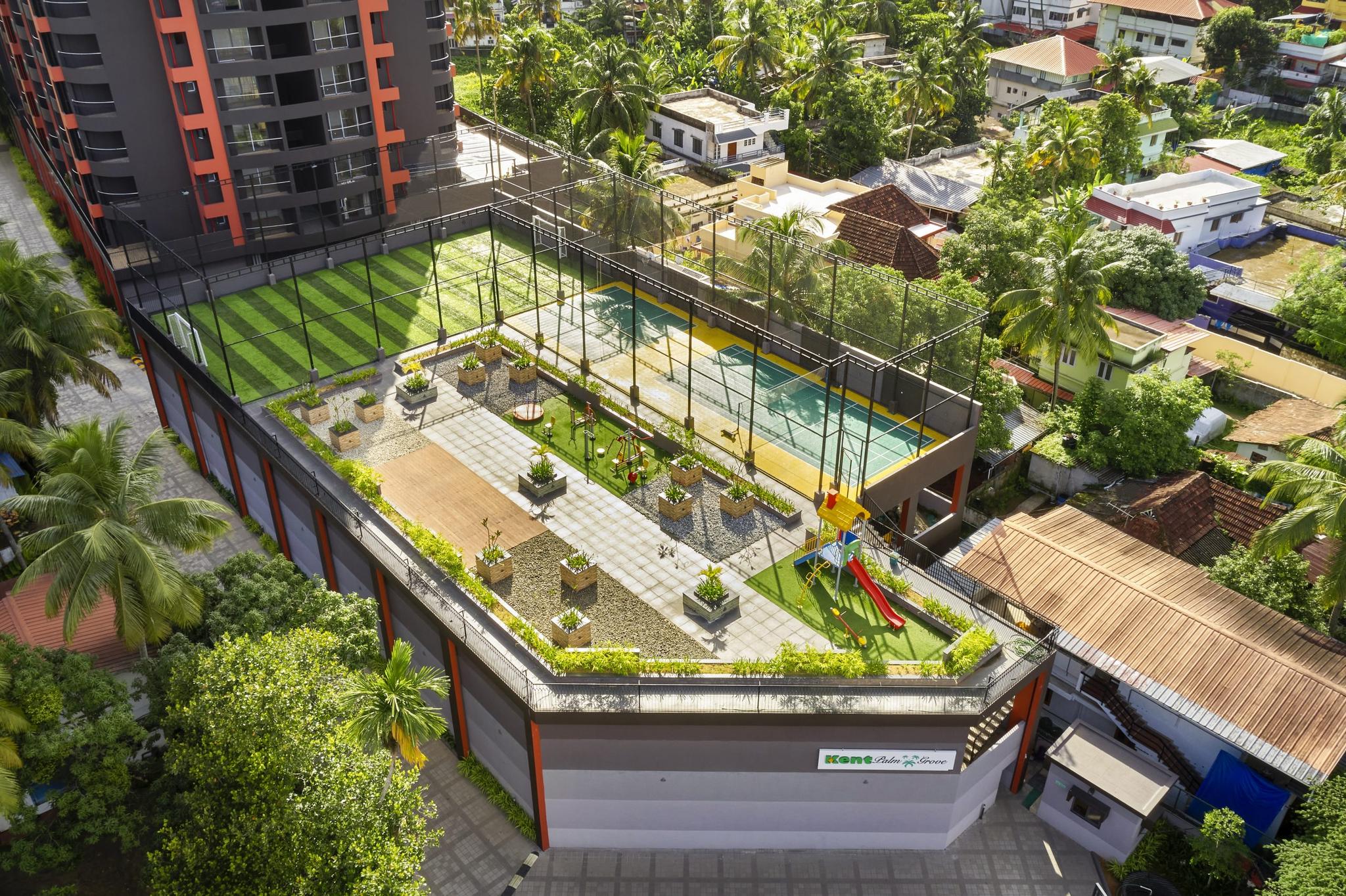
Why Apartments in Kerala Need Manual Override Systems
7 Min Read


In the rapidly changing residential landscape we see today, apartments in Kerala, like many modern homes across the country, are progressively depending on digital infrastructure. From biometric door locks to app-controlled gates and elevators, convenience is just a tap away. Yet, this considerable dependence on technology is accompanied by a vulnerability that is often overlooked. What happens when the power fails or the system malfunctions? This is where a well-thought-out manual override plan becomes essential.
The Complex Nature of Automation
Technological advancements in apartment living have redefined what it means to feel secure and comfortable. Automated entry systems, facial recognition for gate access, and smart elevators that respond to mobile commands are no longer futuristic ideas; they’re today’s reality. However, the very automation that makes these apartments smart also introduces a dependency on uninterrupted power and network connectivity. When these systems experience breaches, whether from electrical failures, technical glitches, or cyberattacks, the entire ecosystem can stop operating. Residents might find themselves locked out of their homes, stuck in elevators, or unable to open garage doors. In such cases, the absence of a manual override mechanism can convert a minor power cut into a major safety and access issue
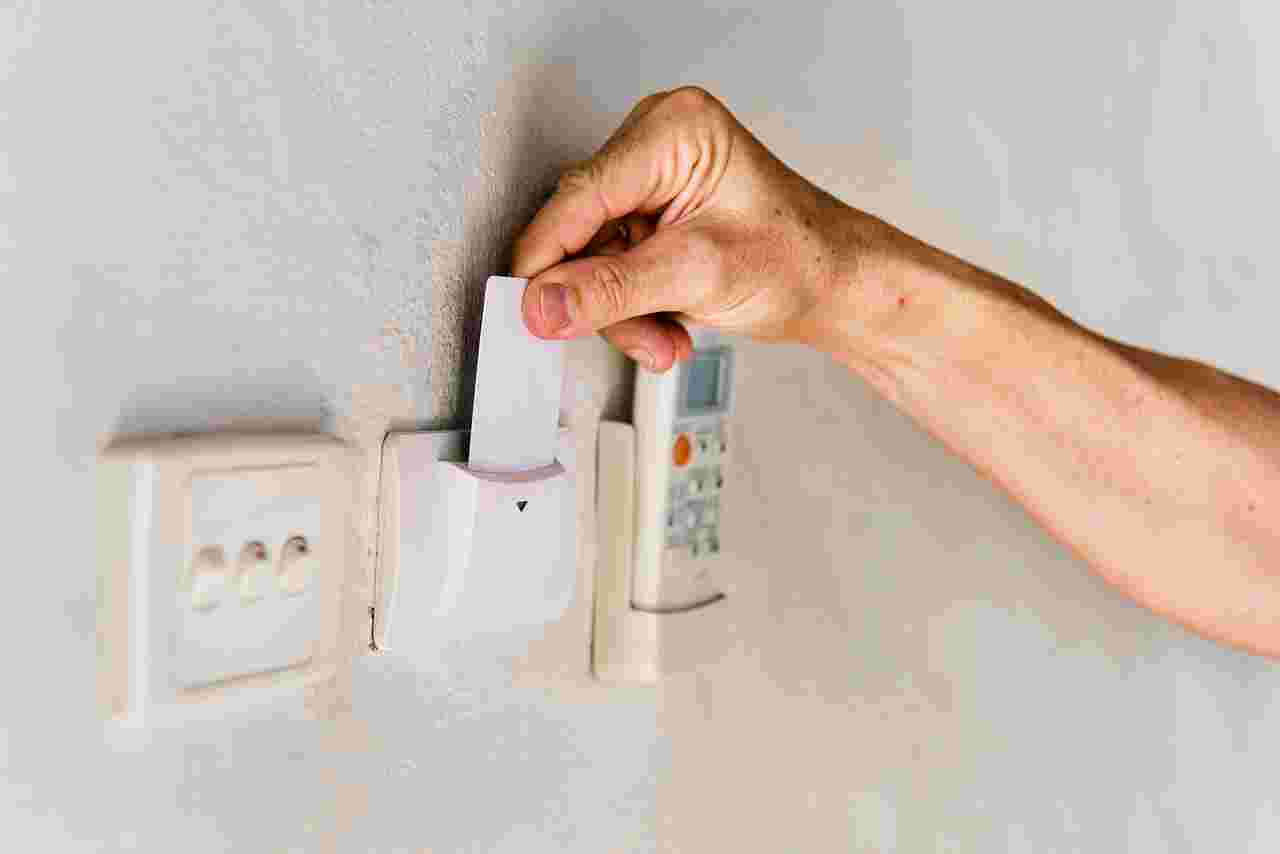
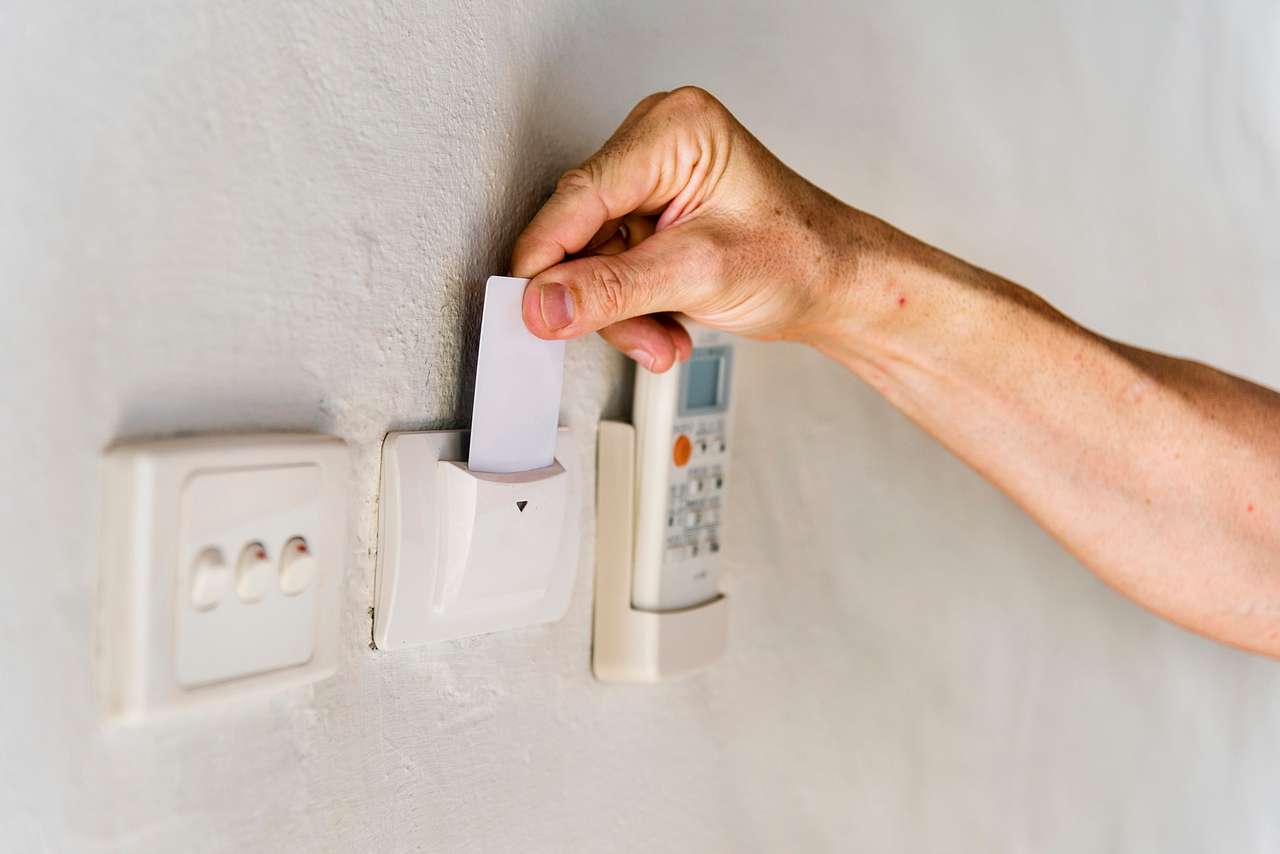
The Importance of Physical Access Control Alternatives
Manual overrides are designed to function independently of digital systems. These can include traditional key-based locks as alternatives to electronic systems, mechanical switches for elevators, or manual gates that can be operated without electricity. The goal is to ensure that, even in the worst-case scenario, residents and maintenance staff have a way to safely enter, exit, or navigate the premises. These alternatives are not meant to replace smart systems but to support them. When strategically integrated into the design and operational strategy of an apartment complex, they offer an additional layer of resilience.
Training and Awareness
While having manual systems in place is essential, it’s equally important that residents know how to use them. What’s the point of a manual door release if no one knows where it’s located or how to operate it? Regular safety drills, resident handbooks, and orientation sessions for new occupants can go a long way in building awareness. Maintenance and security teams should also be trained in emergency access procedures. These efforts ensure that, in the event of a failure, everyone knows what steps to take, reducing panic and allowing for a coordinated reaction.


Coordinated Emergency Strategies for Apartments
The most successful apartment complexes are those that integrate manual access systems into their overall emergency response strategies. This includes backup lighting in stairwells, battery-powered intercoms, signage for manual systems, and accessible emergency exits. Having redundancy in security systems, like the combination of biometric and traditional key access, contributes to the reliability of the entire framework. It’s important that these systems be regularly inspected and maintained. Routine checks and servicing should be part of the building’s operational checklist.
Conclusion
At Kent Constructions, we believe that the future of apartment living lies in a thoughtful balance between innovation and preparedness. Our premium flats in Kochi feature comprehensive security systems while also making certain that manual override functionalities are available where they are most needed. Because we understand that smart living isn't just about what's new; it's about what works, even when the unexpected happens.






















